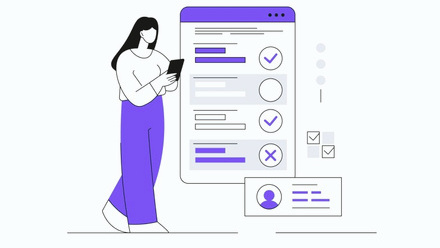Expert view: Mandatory payrolling of benefits in kind – what you need to know now
HR and tax professionals breathed a sigh of relief when mandatory payrolling of benefits in kind (PBIK) was deferred, but there’ll be much to do before April 2027.
What is changing?
Currently, employers can either:
- Report benefits in kind (BiKs) using form P11D per employee, by 6 July following the tax year and pay Class 1A NIC by 22 July (19 July by cheque). HMRC uses P11D information to set the employee’s tax code and collect tax via PAYE in the following tax year; or
- Voluntarily payroll some/all benefits by agreement with HMRC, reporting the taxable value of some/all BiKs via payroll each pay period with tax being paid in real time.
From April 2027 the payrolling of benefits becomes mandatory.
Impact for employers
- BiKs will be reported via the Full Payment Submission (FPS) – which will mirror P11Ds/P11D(b)s including cost, cash equivalents, taxable amounts, year-to-date figures etc.
- The taxable amount must be calculated and spread across the pay periods in the year. Recognise changes when they occur and taxed over remaining periods.
- If you become aware of a BiK after the start of the year, payroll it for the rest of that year, then
- Use the new “BiKs update process” by 6 July following to record under/over-payments of tax where taxable value is not known in-year (eg; fuel cards). HMRC then taxes via the end-of-year reconciliation process (P800), Simple Assessment and Self-Assessment. Employers must pay the extra Class 1A NICs by 22 July.
- Employment-related loans and living accommodation can still be reported using a P11D.
Impact for employees
- Payslips will change, showing BiKs and tax deducted in real time.
- All BiKs will be removed from tax codes but previous year tax underpayments of tax will be included (eg additional tax due on BiKs).
- Employers cannot deduct >50% in tax from an employee’s pay. Higher/additional rate employees could be affected with any tax balance collected tax via P800, Simple Assessment or Self-Assessment (if the individual is registered for it).
- BiKs received after leaving will be reported via FPS and payment of uncollected tax dealt with as above.
Year 1 financial implications
Employees will pay BiKs tax in real-time through payroll, plus tax on BiKs received in the previous tax year through their tax code.
As they will effectively pay tax twice on their BiKs in Year 1, some will suffer financial hardship, but they can ask HMRC to spread tax payment over several tax years.
Employers will pay Class 1A NIC in real time in Year 1 (2027/28) plus 2026/27’s Class 1A liability in July 2027.
So, if an employer normally has a £100,000 Class 1A NIC liability they will pay £200,000 in Year 1 (effectively double).
As these timing differences will have a significant impact on cash flow for both employees and employers, careful budgeting and communication to employees will be essential.
Communication to employees
Plan early to:
- Help employees understand the changes to their payslips and their tax codes and expect questions.
- Warn about Year 1 cash flow impacts. Identify those who may suffer financial difficulty or be subject to the 50% deduction restriction. You may wish to provide those employees with assistance in corresponding with HMRC.
- You will need to send a new statement to employees including full details of BiKs by 1 June after the tax year so be prepared for questions, especially from new employees.
Is your benefits package fit for purpose?
Take the time to look at your data and how realistic it will be to report BiKs in real time and implement any necessary changes.
Critically assess whether your benefits are valued by your employees: the cost/benefit balance will be more visible with the tax cost presented to them each pay day.
Survey your workforce to determine their requirements and ensure the total benefit package is cost effective, highly valued and sufficiently flexible to meet evolving workforce dynamics but without being overly onerous to administer.
Communication and training both for employees and admin teams will be essential before 2027 to avoid disruption in your payroll operation and to keep employees onside.







